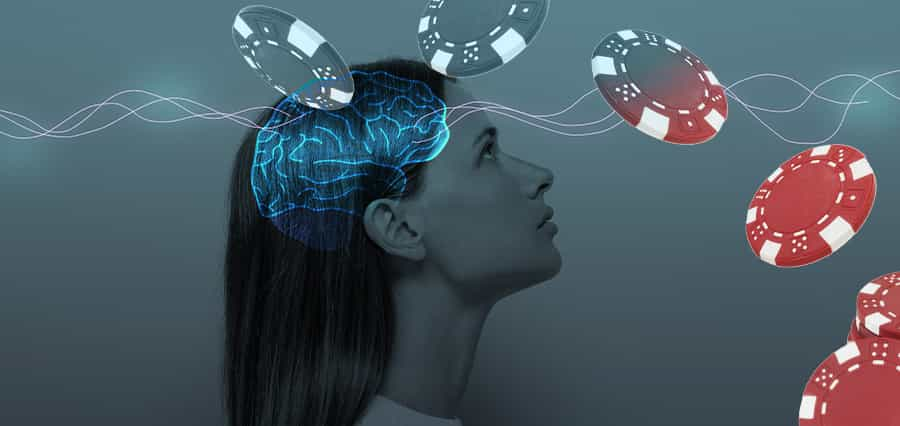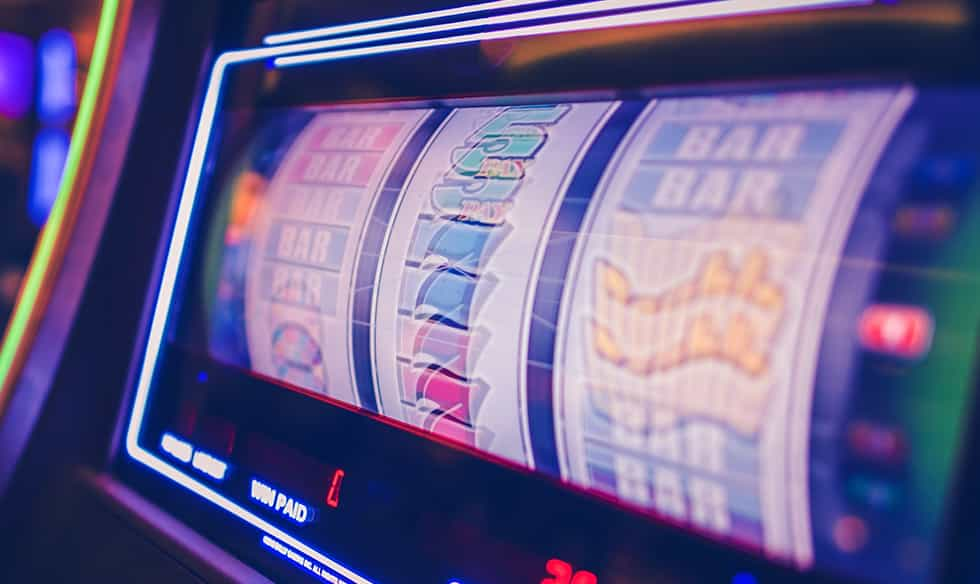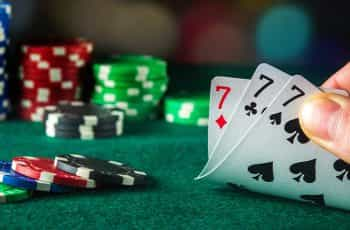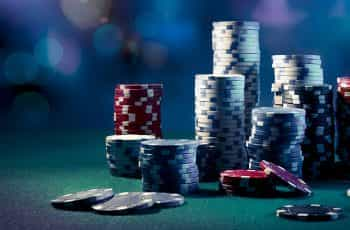
The Science Behind the Spin
Slot machines are more than just random spins and bright lights. They are meticulously crafted tools that exploit our brain’s reward pathways. Designers employ slot machine psychology to amplify feelings of anticipation and elation. How? The concept revolves around ‘near misses.’ These almost-wins trigger a rush of adrenaline, similar to actual victories, pushing players to try just one more time.
Another aspect is the use of sound and color. Winning combinations are usually accompanied by catchy tunes and vibrant visuals, creating a euphoric environment around the player. These stimuli release dopamine, a neurotransmitter linked with pleasure and reward, which solidifies the connection between the game and a feel-good experience.
Reels, Rows, and Rituals
Have you ever wondered why traditional slot machines have three reels? It’s a deliberate aspect of slot machine design. Three reels create an ideal balance between frequent wins and a level of challenge. While five-reel machines offer more combinations and larger payouts, the three-reel machines ensure wins come just often enough to keep players hooked.
Furthermore, player rituals play a role in enhancing the psychological experience. Whether it’s pulling the lever with a particular force or tapping the screen a certain way, these habits add a layer of personal touch, making the player feel they have some control over the outcome, even if it’s purely a game of chance.
Modern Adaptations and Gamification
With the rise of digital technology, online slots have evolved. They’ve moved beyond the simple fruit symbols and they now incorporate intricate storylines, character development, and even video game-like levels. This evolution is crucial to understanding modern slot machine gambling psychology.
Gamification in slot machine design has added another layer of engagement. Players are no longer just spinning for monetary rewards; they’re on quests, completing missions, and unlocking achievements. These features tap into our love for progression and accomplishment. When combined with the basic principles of slot machine psychology, such as near misses and reward anticipation, the result is an engaging experience.
The Illusion of Control
While the odds in slot machines are predetermined and mathematical, the design often gives players an illusion of control. This psychological trick is crucial in keeping players invested. How is this achieved? Several methods are employed:
- Choice of Bet: Players decide how much they want to bet, and on what lines, giving them a sense of decision-making.
- Stop Button: Some slot machines have a ‘stop’ feature, allowing players to halt the reels. Even though it doesn’t change the outcome, it gives a fleeting feeling of control.
- Interactive Bonus Rounds: Modern slots often come with bonus rounds where players pick from different options. These choices might determine the number of free spins received or the multiplier applied to wins.
This perceived control, even if illusory, can make the game more enticing. It feeds the belief that if a player makes the “right” choices, they might influence the outcome, despite the results being entirely random.
Visual and Auditory Feedback
A significant aspect of slot machine psychology is the continuous feedback provided to players. Slot machine design prioritizes instantaneous acknowledgment of a player’s action. The immediate gratification principle is at play here, and designers understand its power all too well.
Upon pressing ‘spin’, players are showered with a series of sounds, from the whirl of reels to various beeps and chimes. A winning combination is almost always celebrated with a more pronounced auditory reward. This sound design is not accidental; it’s intended to provide an auditory affirmation, enhancing the experience.
Visually, lights flash, symbols animate, and in many modern slots, short video sequences or animations play to commemorate wins. These visual cues serve a dual purpose. Firstly, they acknowledge the player’s win, however small. Secondly, they draw attention, making others around – in a land-based casino – aware of the win, perpetuating the belief in potential success.
The Role of Themes and Branding
Modern slot machine design also places a high emphasis on themes and branding. No longer confined to the classic fruit symbols, today’s slot machines venture into every conceivable theme, from ancient civilizations to modern movie franchises. But why are these themes so crucial?
- Relatability: Familiar themes, especially those based on popular culture, resonate with players. They provide a connection, a story that players are already invested in.
- Immersion: A well-executed theme can transport players to another world, making them forget their surroundings and focus solely on the game.
- Branding Opportunities: Branded slots, often based on movies, TV shows, or even celebrities, attract fans of that particular brand, ensuring a ready audience for the game.
A well-designed theme not only enhances player enjoyment but can also increase the time they spend on a particular slot, hoping to unlock more content or simply revel in the theme they love.
The Near-Miss Effect
The sensation of almost hitting the jackpot can be as exhilarating as a win. In slot machine design, this is known as the “near-miss” effect or Gambler’s Fallacy. Players witnessing two jackpot symbols aligning and just missing the third can experience a rush similar to that of a win. But what’s the science behind it?
Research shows that near-misses activate areas in our brain that overlap with those activated by wins. This neurological response can be as potent as actual victories, nudging players to try “just one more time.” It’s a tantalizing promise that success is just around the corner, even though the outcomes are purely random.
Return-to-Player (RTP) and Volatility
Understanding the nuances of Return-to-Player (RTP) and Volatility is key to deciphering slot machine gambling. RTP is a term used to describe the percentage of all wagered money a slot machine will pay back to players over time. For instance, if a slot has an RTP of 96%, it suggests that, over a long period, for every $100 played, $96 will be returned to players.
However, this doesn’t mean every player will get 96% of their money back. This is where volatility comes into play. Volatility, or variance, indicates the risk level of the slot game:
- Low Volatility: Frequent but smaller wins. Ideal for players with a limited bankroll or those who enjoy longer sessions.
- High Volatility: Less frequent but larger wins. Suitable for risk-takers looking for bigger rewards.
Both RTP and Volatility are crucial design factors, offering different experiences to cater to a wide range of players.
Use of Space and Machine Layout
In land-based casinos, the placement of slot machines isn’t random. Casino operators leverage slot machine psychology even in how they arrange these machines on the casino floor. Here’s why:
- High-Traffic Areas: Slot machines with higher payouts or popular themes are often placed in high-traffic areas. This ensures more players witness big wins, fostering a belief that they too might strike it big.
- Peripheral Placement: On entering a casino, players are likely to encounter a maze-like arrangement of machines, nudging them deeper into the venue. The idea is to immerse the player, surrounding them with enticing visuals and sounds from every corner.
- Group Dynamics: Machines with multiplayer or communal bonus rounds are placed together, creating pockets of excitement and encouraging social interaction among players.
By understanding and manipulating space, casinos enhance player engagement, keeping them intrigued and invested for longer durations.
Frequently Asked Questions
Delving into the intricacies of slot machine design and the captivating world of casino gaming raises several intriguing questions. As you immerse yourself in the psychological nuances of slot machine gameplay, our answers to frequently asked questions are here to shed light on some of the most frequently asked queries, as are our online casino guides.
How does psychology influence player behavior in slot machine design?
This "near-miss" effect, is a deliberate aspect of slot machine design. When players almost hit the jackpot, with two out of three symbols aligning, the brain gets activated in regions similar to an actual win. This feeling can be as exhilarating as winning, nudging players to try again. Find out more in our guide to the Gambler’s Fallacy.
Are there specific design features that casinos use to keep players engaged in slot machines?
Cutting-edge graphics and immersive soundscapes further enrapture players, ensuring they feel deeply connected to the game. Bonus rounds, which offer free spins or mini-games when certain symbols align, provide intermittent reinforcement, further heightening the engagement factor. To understand slot machine gambling dynamics, dive deeper with our secrets of casino design guide.
Can players use an understanding of slot machine psychology to their advantage?
By recognizing the various design features and mechanisms, such as thematic content, immersive soundscapes, and bonus rounds, players can maintain a more grounded perspective during gameplay. Understanding that these elements are purposefully implemented to enhance engagement can help players set clear limits and avoid getting too invested. For further insights into strategic gameplay, explore some of the best gambling podcasts.



